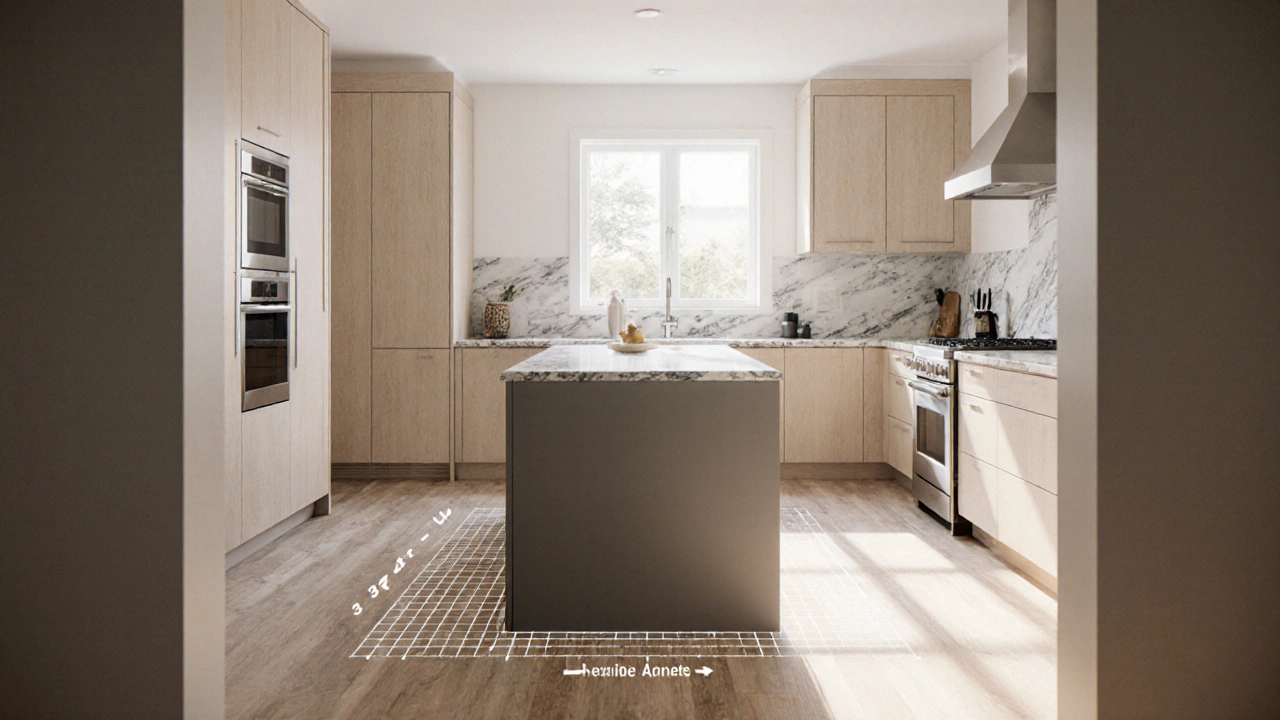
Understanding the 3x4 Kitchen Rule: A Practical Guide
Learn what the 3x4 kitchen rule is, why it matters for ergonomics, how to measure it, common pitfalls, and a quick checklist to ensure a functional kitchen layout.
View moreWhen planning a compact kitchen, the 3x4 kitchen rule, a layout guideline that recommends a minimum floor space of 3 meters by 4 meters for functional cooking zones, also known as 3‑by‑4 layout becomes a handy benchmark. This guideline, often referred to simply as the 3x4 kitchen rule, connects directly to the kitchen work triangle, the positioning of stove, sink, and refrigerator to minimize movement, and influences the overall kitchen layout, the arrangement of cabinets, appliances, and circulation paths. Proper fridge placement, ensuring the refrigerator sits within easy reach without breaking the work triangle and smart storage optimization, using vertical space, pull‑out units and multi‑use cabinets to keep essentials handy are essential components that fulfill the rule’s promise of an efficient, comfortable kitchen. In short, the 3x4 rule encompasses the work triangle, requires sensible fridge placement, and drives a layout that supports effective storage; together they create a space where every step feels natural.
First, the work triangle itself must stay within the 3‑by‑4 footprint. The sum of the three sides should stay under 4 meters, and each side should be at least 0.6 meters for safety. When the triangle stays tight, you waste less time walking and more time cooking. Second, fridge placement matters. The fridge should sit on the perimeter of the triangle, not in the middle, so it doesn’t block the flow between sink and stove. A side‑by‑side or top‑mount fridge often fits better in narrow walls, keeping the triangle intact while still delivering easy access to cold storage. Third, the overall kitchen layout should respect traffic lanes. A clear 90‑centimeter aisle lets two people move side‑by‑side, and positioning cabinets at a comfortable 0.9‑meter height reduces strain during daily tasks. Fourth, storage optimization turns limited space into functional space. Pull‑out pantry shelves, corner carousel units, and overhead racks use the vertical dimension that a 3‑by‑4 room might otherwise waste. By stacking storage up and out, you keep countertops clear for prep work, which is a core goal of the rule. Finally, lighting and ventilation tie everything together. Bright, layered lighting along the work triangle eliminates shadows, while an exhaust hood positioned over the stove helps maintain air quality without encroaching on the limited ceiling height often found in compact kitchens.
Putting these pieces together gives you a recipe for a kitchen that feels spacious even when the square footage is modest. Below you’ll find articles that dig deeper into each element: from detailed fridge placement guides and work‑triangle calculations to storage‑unit ideas and layout‑mistake checklists. Whether you’re renovating a tiny city flat or designing a new home on a budget, the collection below will show you how to apply the 3x4 rule in real‑world projects, avoid common pitfalls, and create a kitchen that works for you every day.

Learn what the 3x4 kitchen rule is, why it matters for ergonomics, how to measure it, common pitfalls, and a quick checklist to ensure a functional kitchen layout.
View more